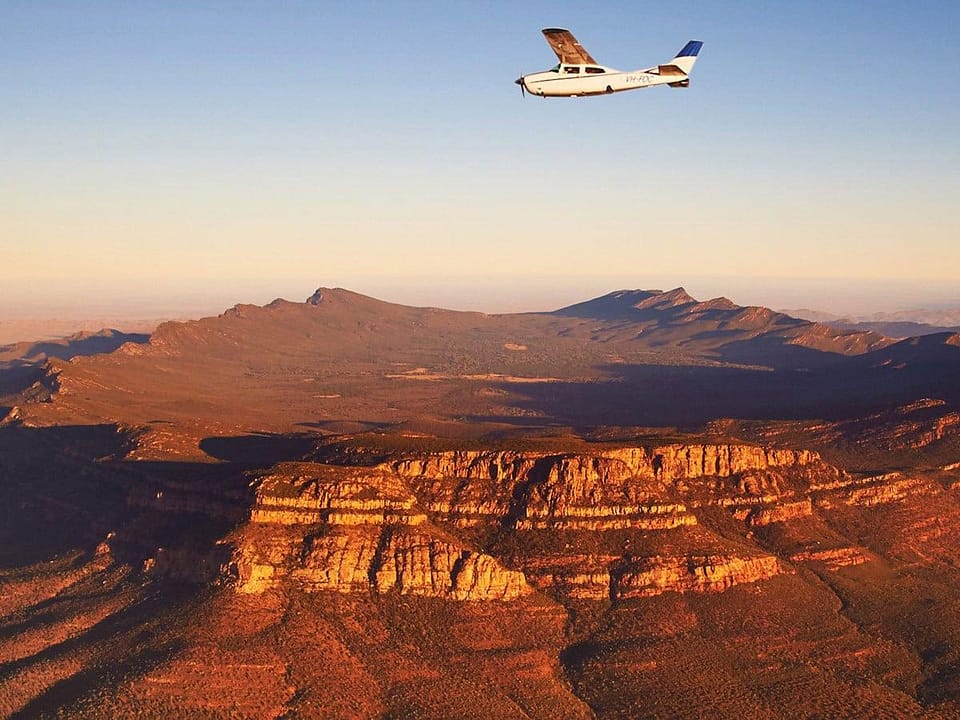Exploring the Limits: How Far Can a Drone Travel?
#### Introduction to Drone Travel DistanceDrones have revolutionized various industries, from photography to agriculture, but one common question arises: Ho……
#### Introduction to Drone Travel Distance
Drones have revolutionized various industries, from photography to agriculture, but one common question arises: How far can a drone travel? Understanding the travel distance of drones is crucial for both recreational users and professionals. In this article, we will explore the factors influencing drone travel distance, the types of drones available, and practical applications that rely on this information.
#### Factors Influencing Drone Travel Distance
Several factors determine how far a drone can travel. These include:
1. **Battery Life**: The capacity of the drone's battery directly impacts its flight time and distance. Most consumer drones have a flight time ranging from 20 to 30 minutes, which translates to a distance of approximately 1-5 miles, depending on speed and conditions.
2. **Weight and Payload**: Heavier drones or those carrying additional payloads may have reduced travel distances. Understanding the weight limits and optimizing payload can significantly enhance performance.
3. **Weather Conditions**: Wind, rain, and temperature can affect a drone's performance. High winds can push a drone off course, while rain can lead to malfunctions. Pilots should always check weather conditions before flying.
4. **Signal Range**: Drones rely on radio signals for communication with the pilot. The distance a drone can travel is often limited by its signal range, which can vary from a few hundred meters to several kilometers, depending on the model.

5. **Regulatory Restrictions**: Different countries have regulations governing drone flight distances, often requiring drones to remain within the pilot's line of sight. Understanding local laws is essential for safe operation.
#### Types of Drones and Their Travel Distances
Different types of drones are designed for various purposes, and their travel distances vary accordingly:
- **Consumer Drones**: Typically used for photography and recreational flying, consumer drones like the DJI Mavic series can travel up to 4-7 miles on a single charge under optimal conditions.
- **Racing Drones**: Built for speed and agility, racing drones can cover short distances quickly, often under 1 mile, but they excel in maneuverability.
- **Commercial Drones**: Used in industries like agriculture, delivery, and surveying, commercial drones often have enhanced battery life and can travel distances of 5-10 miles, depending on the application.

- **Military Drones**: These drones can cover vast distances, with some models capable of flying hundreds of miles. They are equipped with advanced technology for long-range missions.
#### Practical Applications of Drone Travel Distance
Understanding how far can a drone travel is essential for various applications:
- **Aerial Photography**: Photographers must know the limits of their drones to capture stunning images from afar without losing signal or battery power.
- **Agriculture**: Farmers use drones to monitor crops over large areas. Knowing the travel distance allows them to plan efficient flight paths for data collection.
- **Delivery Services**: Companies like Amazon and UPS are exploring drone delivery systems. Understanding the travel range is vital for logistics and planning delivery routes.

- **Search and Rescue Operations**: Drones can cover large areas quickly in emergencies. Knowing their travel limits can enhance response times and effectiveness.
#### Conclusion
In conclusion, understanding how far can a drone travel is critical for anyone interested in drone technology, whether for personal use or professional applications. Factors such as battery life, weight, weather, signal range, and regulations all play a significant role in determining a drone's travel distance. As technology advances, we can expect improvements in drone capabilities, allowing for even greater distances and applications in the future.